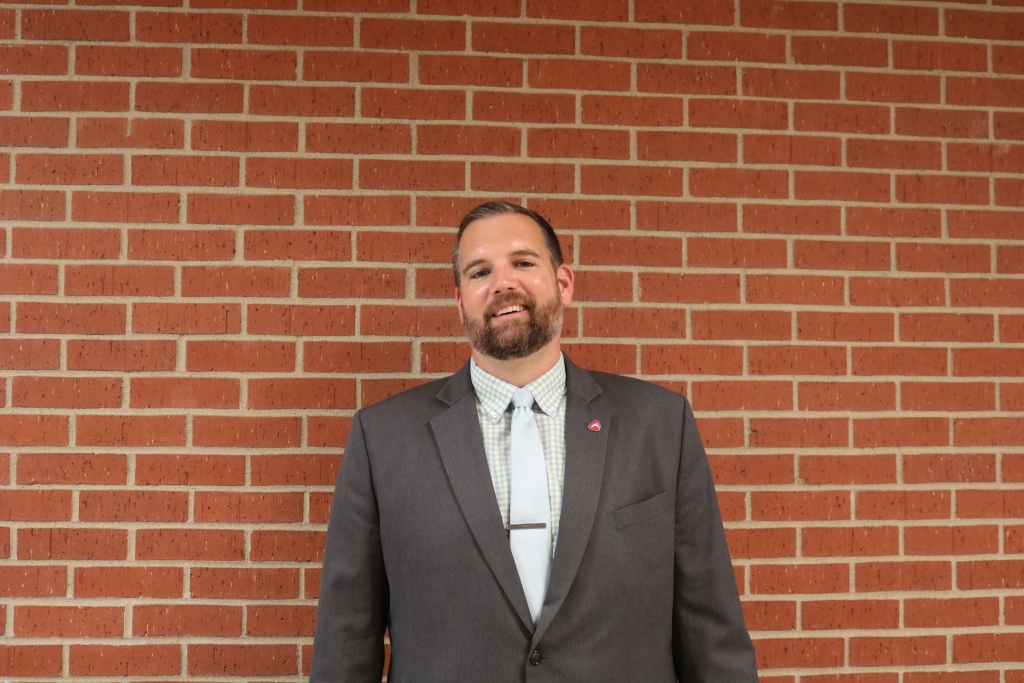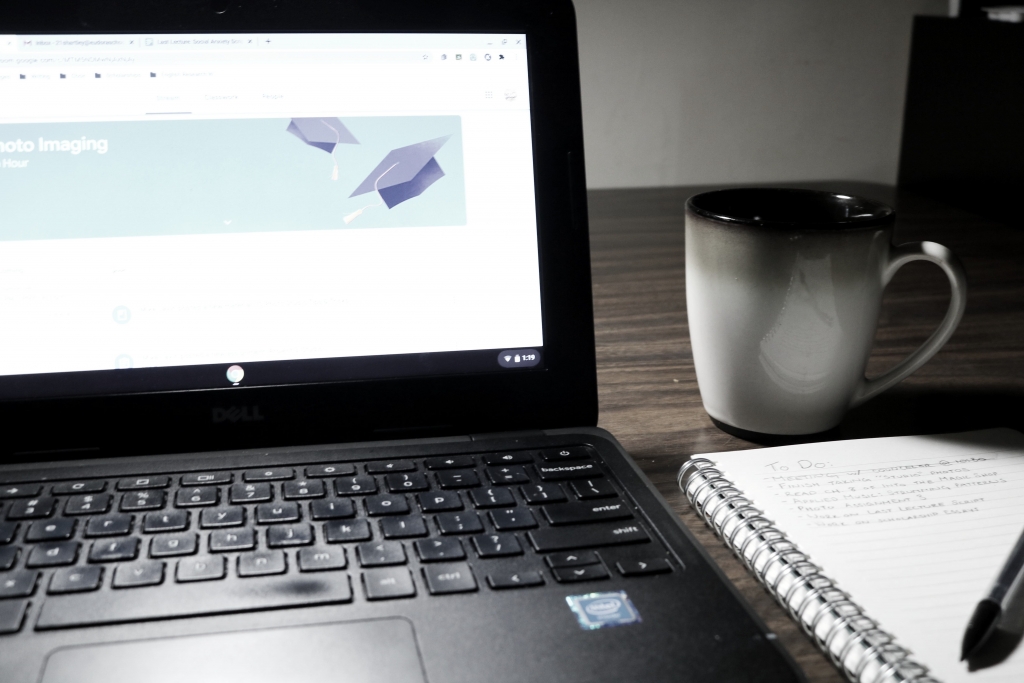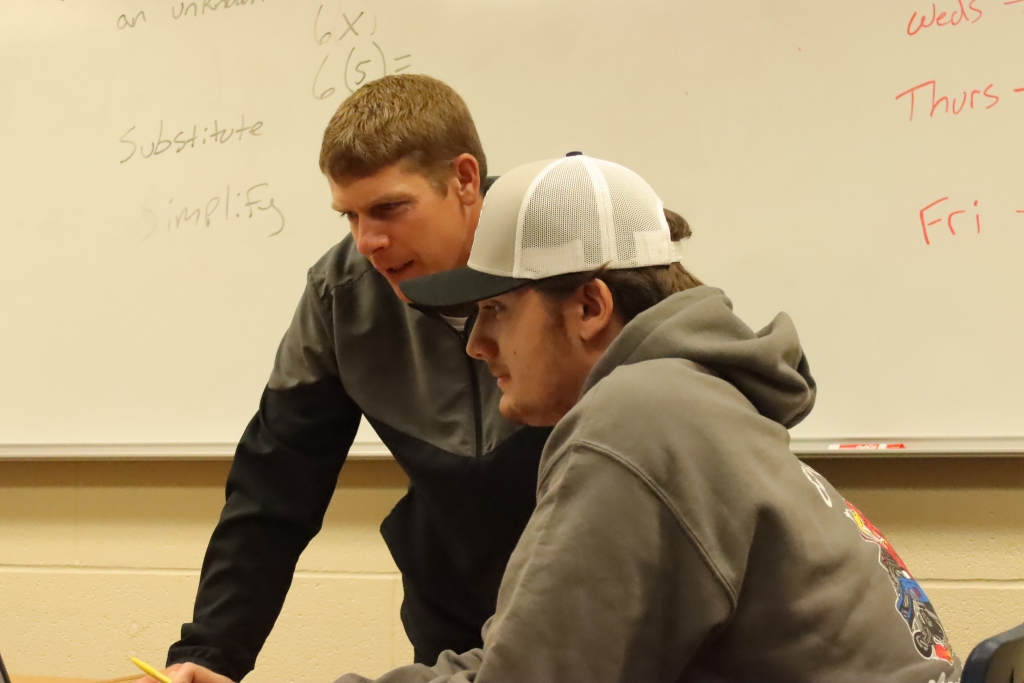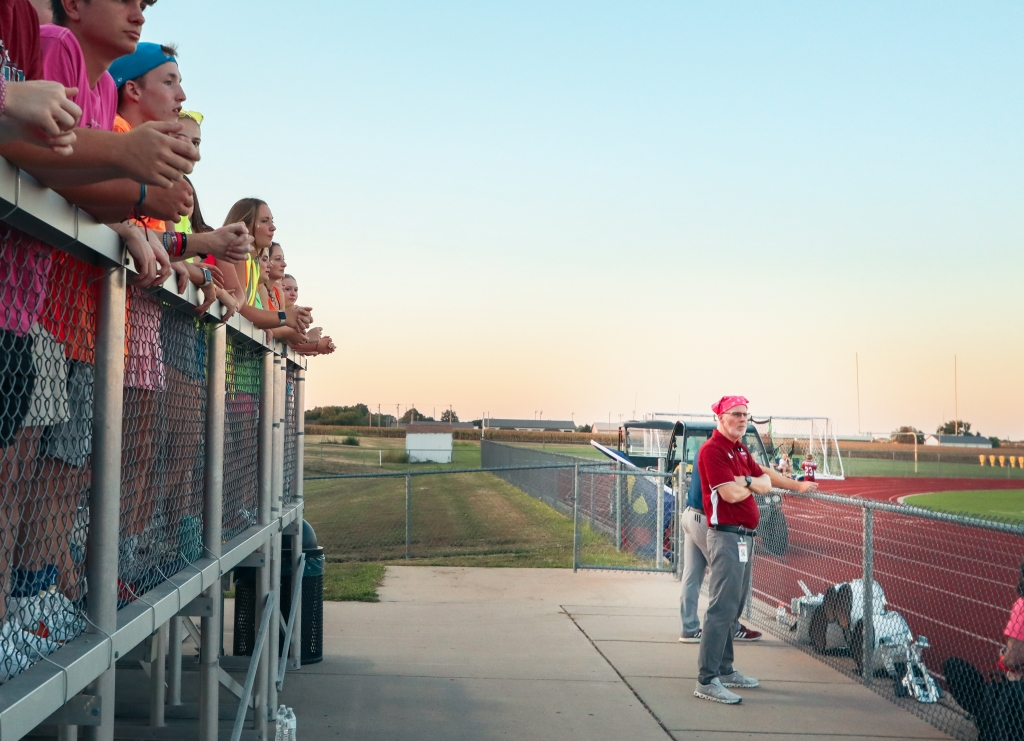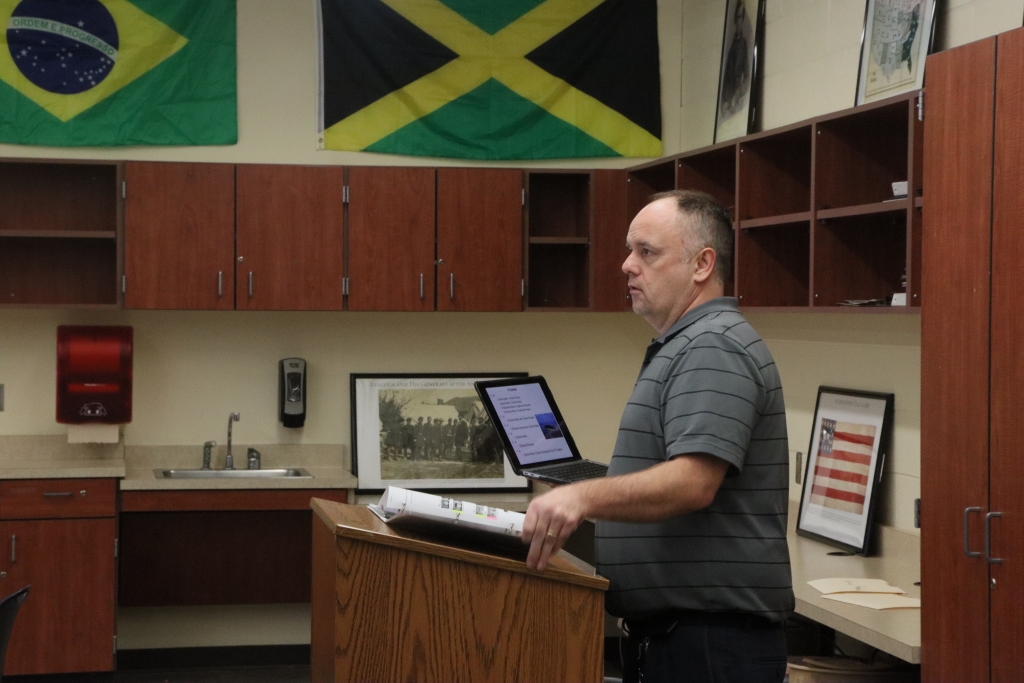Activity Period Sees the Adverse Effects of Power Hour

Story by Bree Moore »
This year, activity period has been moved to power hour – in years past, clubs were held during seminar at the end of the day. The attendance for clubs has gone down tremendously since the beginning of the year, and most people place the blame on the fact that clubs and activities are scheduled at the same time as open power hour.
Miranda Mori, Jr., was in yoga club last year, but this year she was only in it for a couple of weeks. Mori decided to quit yoga club and use her power hour time to eat lunch and do homework. She works 30 hours a week and says she has no social life, so she uses the time during power hour.
“I feel like a bunch of people have quit clubs because they would rather socialize or work on school work rather than doing yoga, playing chess, etc,” Mori said.
In the past, she says that personally she liked when they took out time for clubs.
“It was time that was reserved for clubs and clubs only, not lunch and work time,” Mori said.
Power Hour has been helpful for students to get their work done, but they also forget all the opportunities that clubs provide and they don’t often take advantage of it.
Jennifer Ramirez, Special Education teacher, is a sponsor of the SADD club. SADD used to meet every Wednesday morning at 7:30, but now that it’s during power hour, attendance has been pretty low.
“SADD has unfortunately always had attendance issues,” Ramirez said, “I am not sure that there has been a difference in attendance from last year to this year since moving the time. Unfortunately, the goal of moving it to power hour to involve more freshmen and sophomores didn’t work like we wanted it to. Both last year and this year we have had very few, if any, freshmen and sophomores regularly attend. As far as attendance […]ours is pretty regular. I haven’t seen much fluctuation in actual numbers from meeting to meeting.“
Some ways for students to hear that certain clubs are meeting and know where to go at that time, are through the TV display by Mr. Robinson’s room, which was an idea of Ramirez’s, and over the announcements in the morning.
“I’m not sure how to get more students involved,” Ramirez said, “Currently, I see a lot of students that are stretched too thin as they are in sports and clubs, some of them are leaders within the clubs but aren’t able to commit the time and energy, so the club, in turn, fails to meet the expectation of its members which causes numbers to fluctuate downward.”
Activity period is a time to socialize and enjoy the opportunities that the school provides for the students. Mr. Zlatnik came from a school that had tons of clubs to choose from.
“I was previously at Basehor-Linwood Middle School and we had a lot of clubs, but a part of that was that they were offered after or before school. Our 6th graders were not playing sports so clubs provided a way for them to be involved in more activities in the school,” Zlatnik said, “We did have some 7th and 8th graders involved in clubs, but we always had more 6th graders involved than other grades. Once they reached 7th and 8th grade club membership went down because they were being pulled in different directions for different activities,”
This year Mr. Zlatnik was not aware that attendance was significantly down from what it has been in the past.
“It’s an interesting issue. On one hand we want students to be involved in as much as they can be, on the other, one purpose of Power Hour is to have students learn to manage their own time,“ said Zlatnik, “I think it is odd that students are choosing to not go to clubs,” Zlatnik said, “This could be a potential fix to make power hour closed once a month for activities. Ultimately, students will have to make the choice whether to go or not go regardless of Power Hour being open or closed.”

